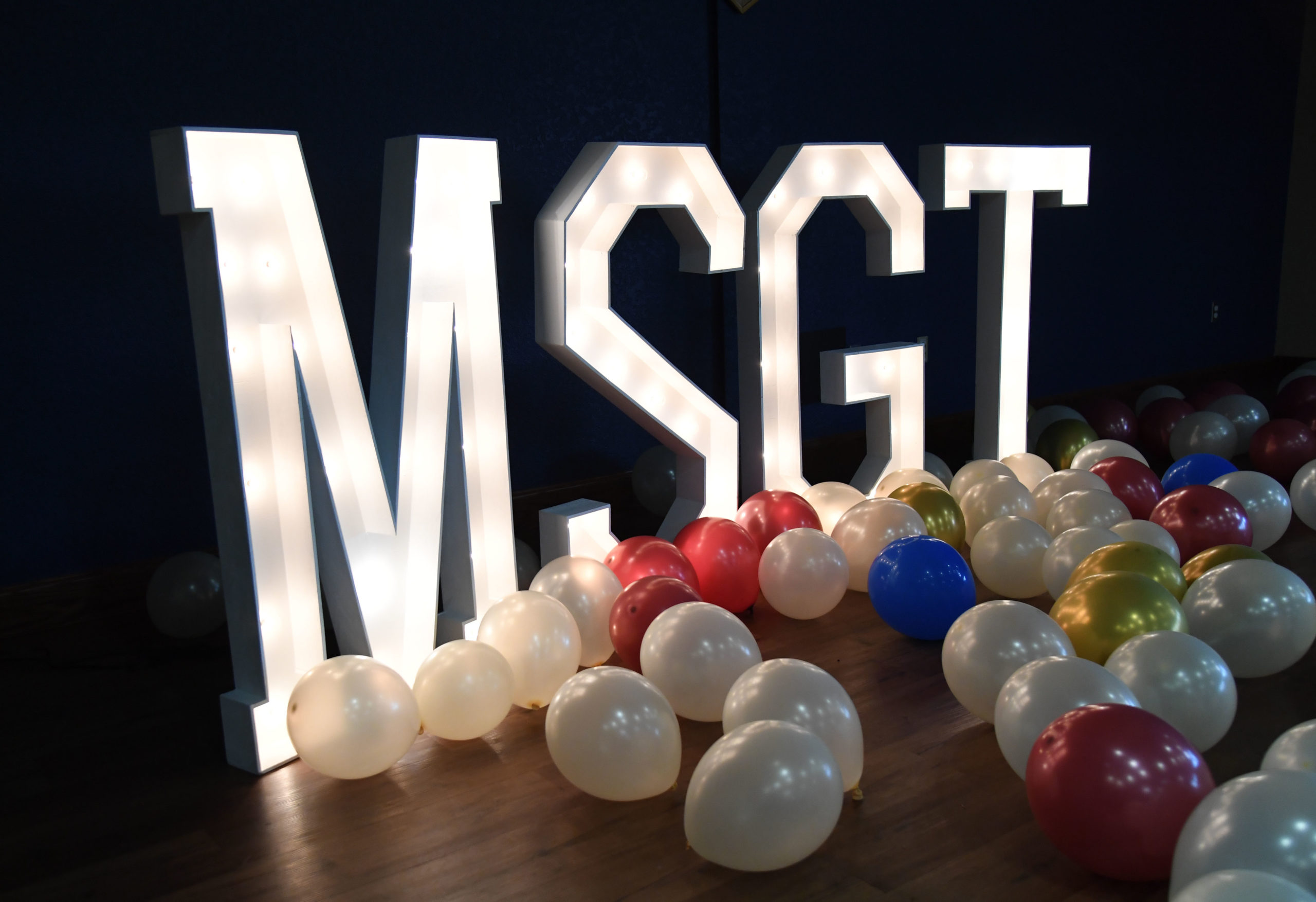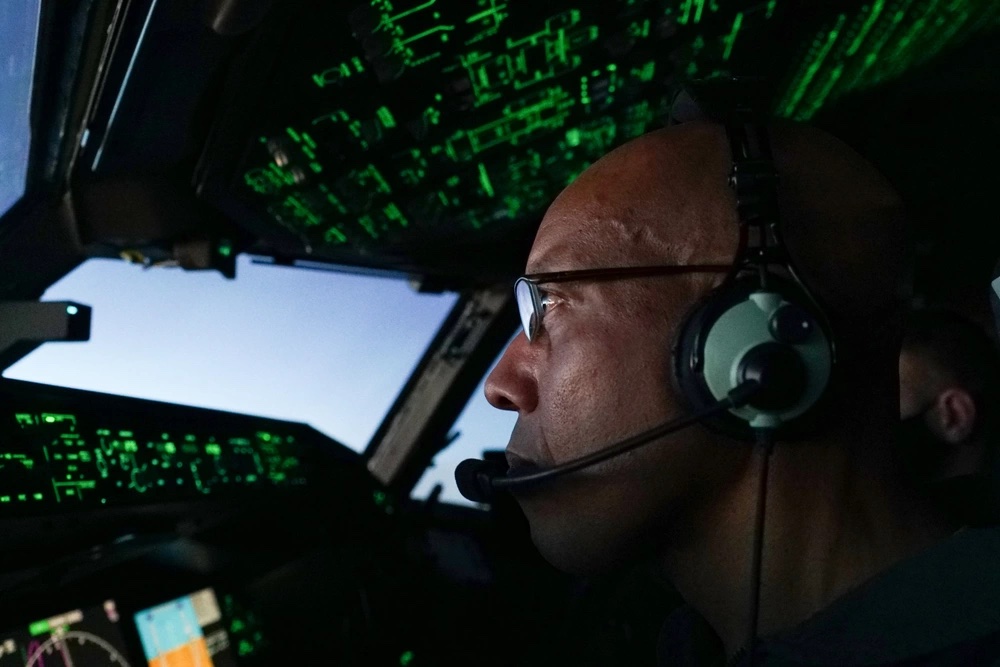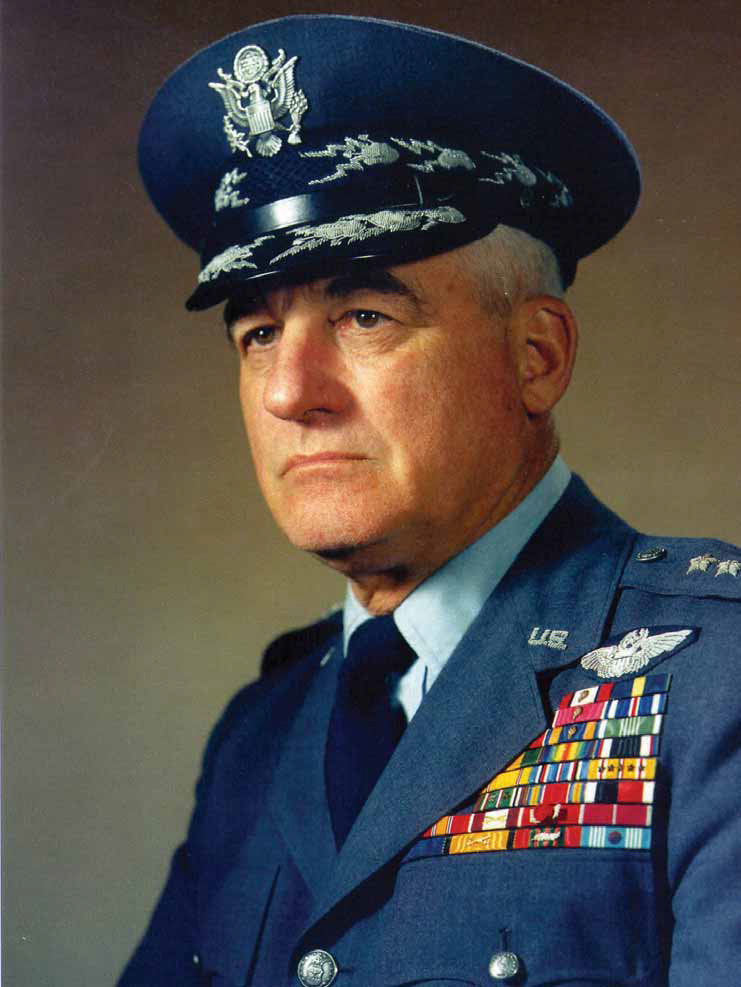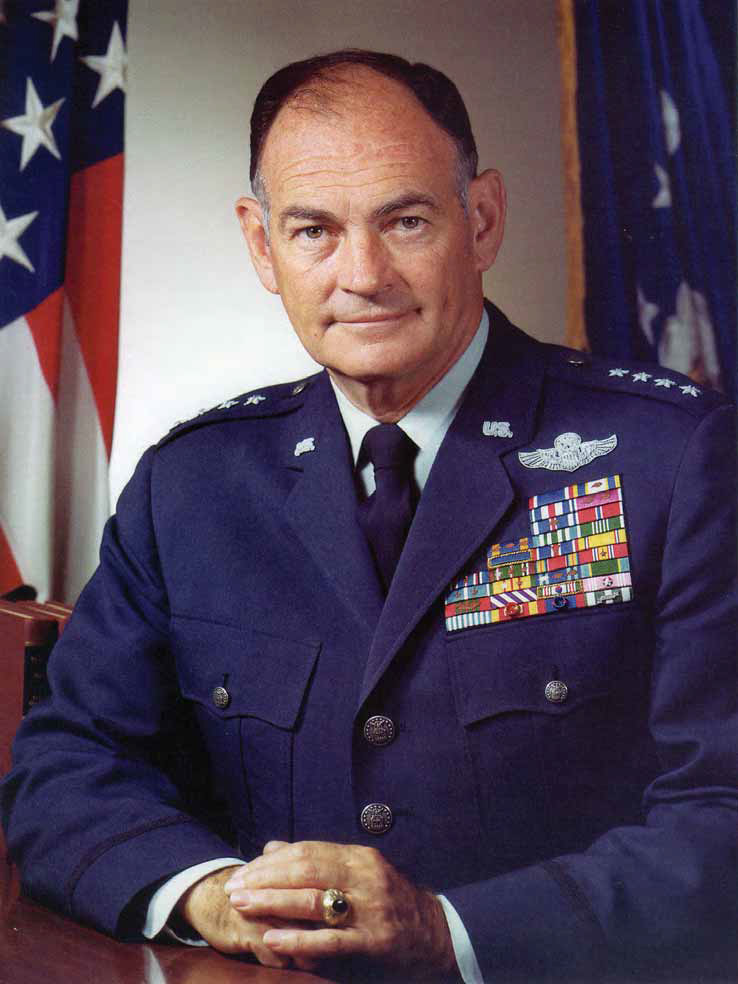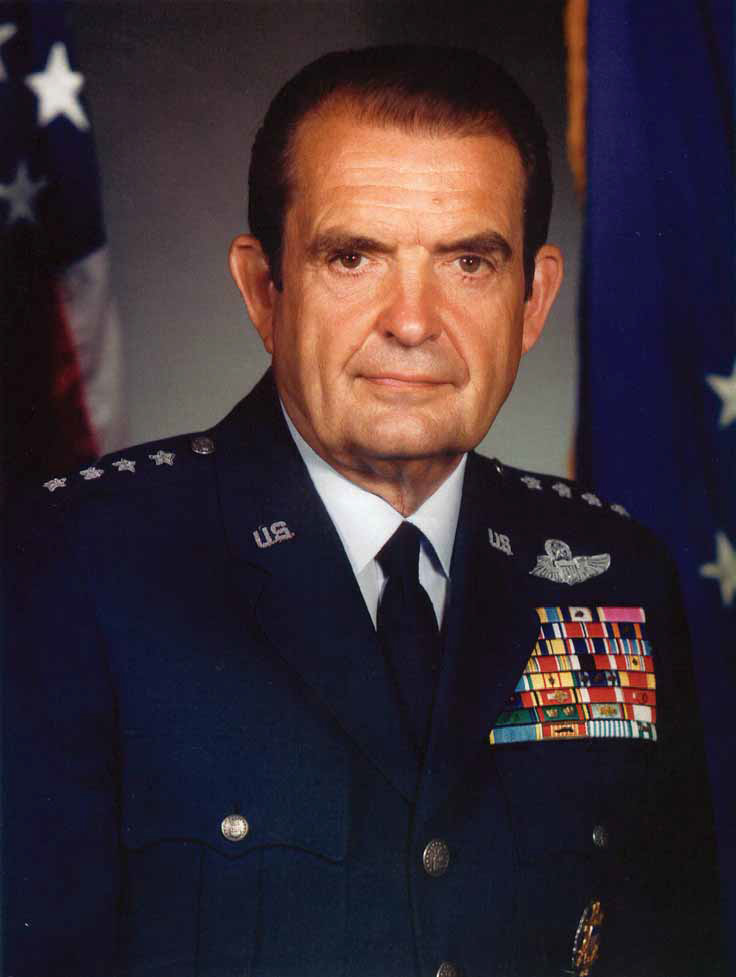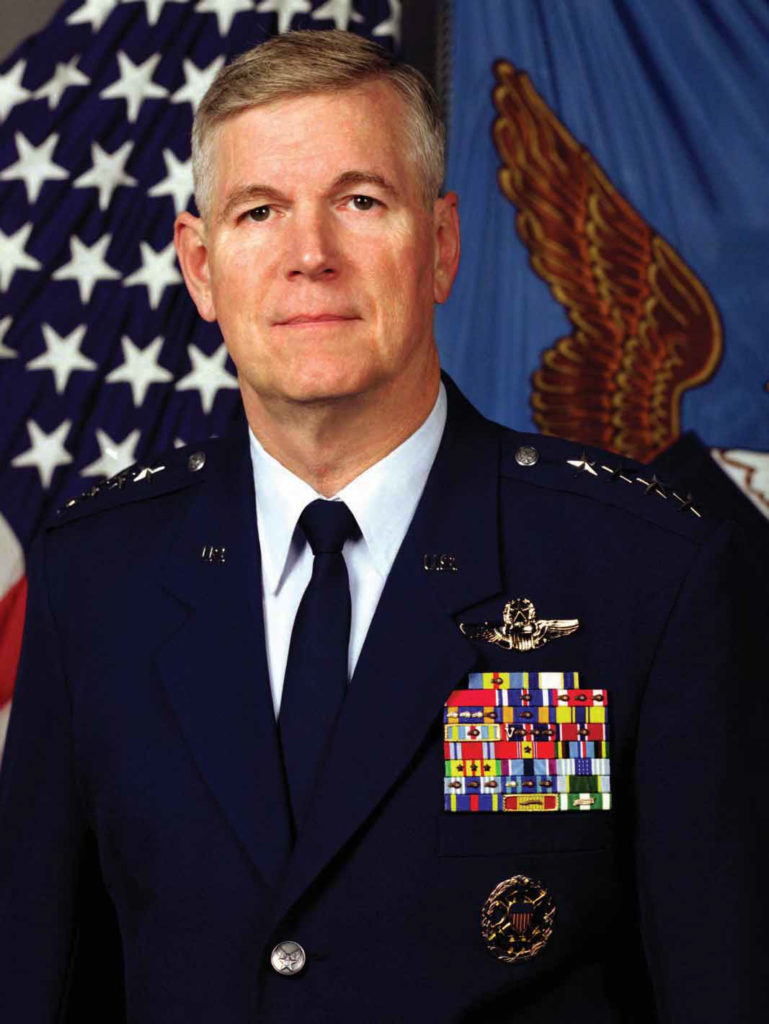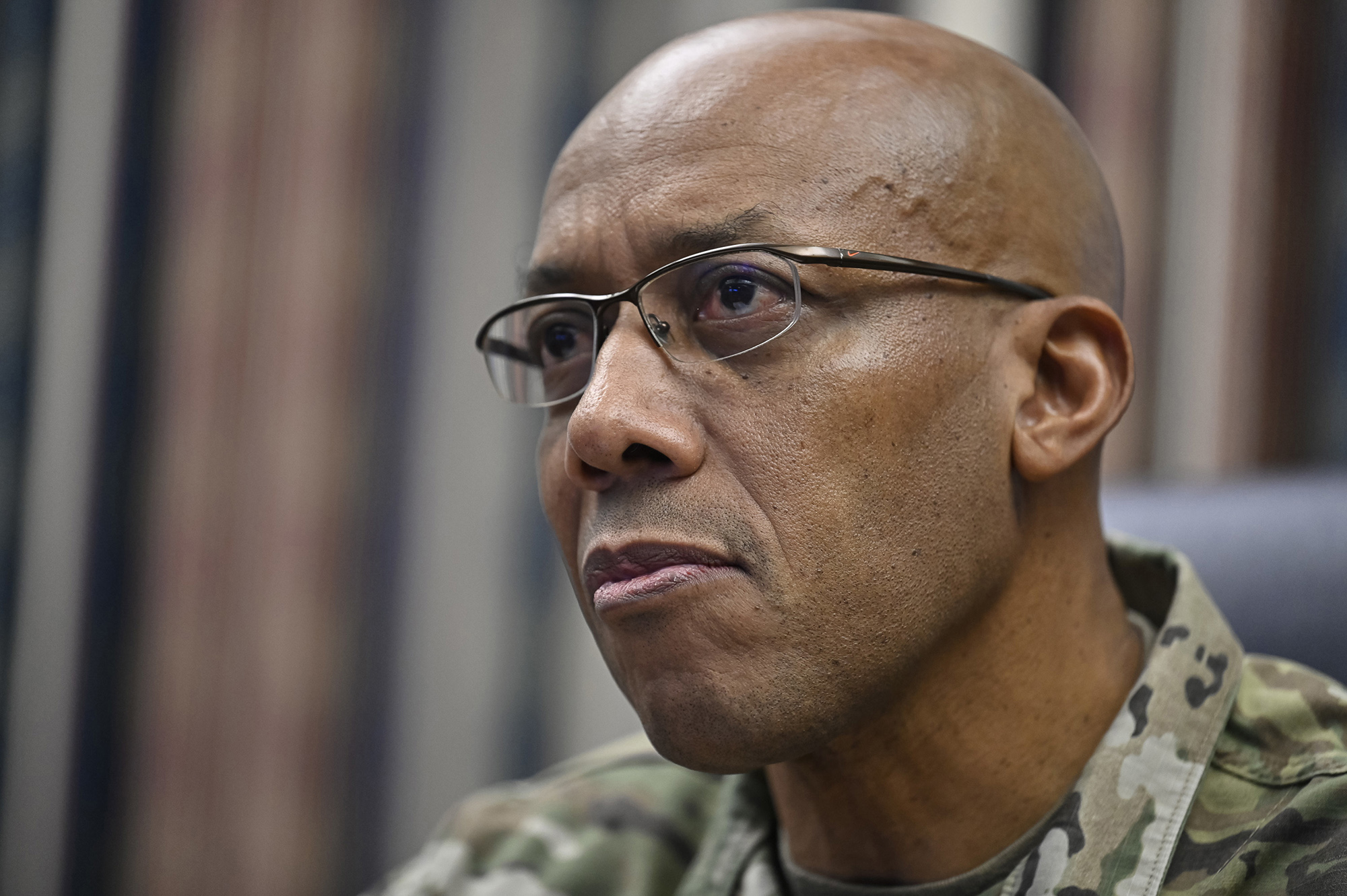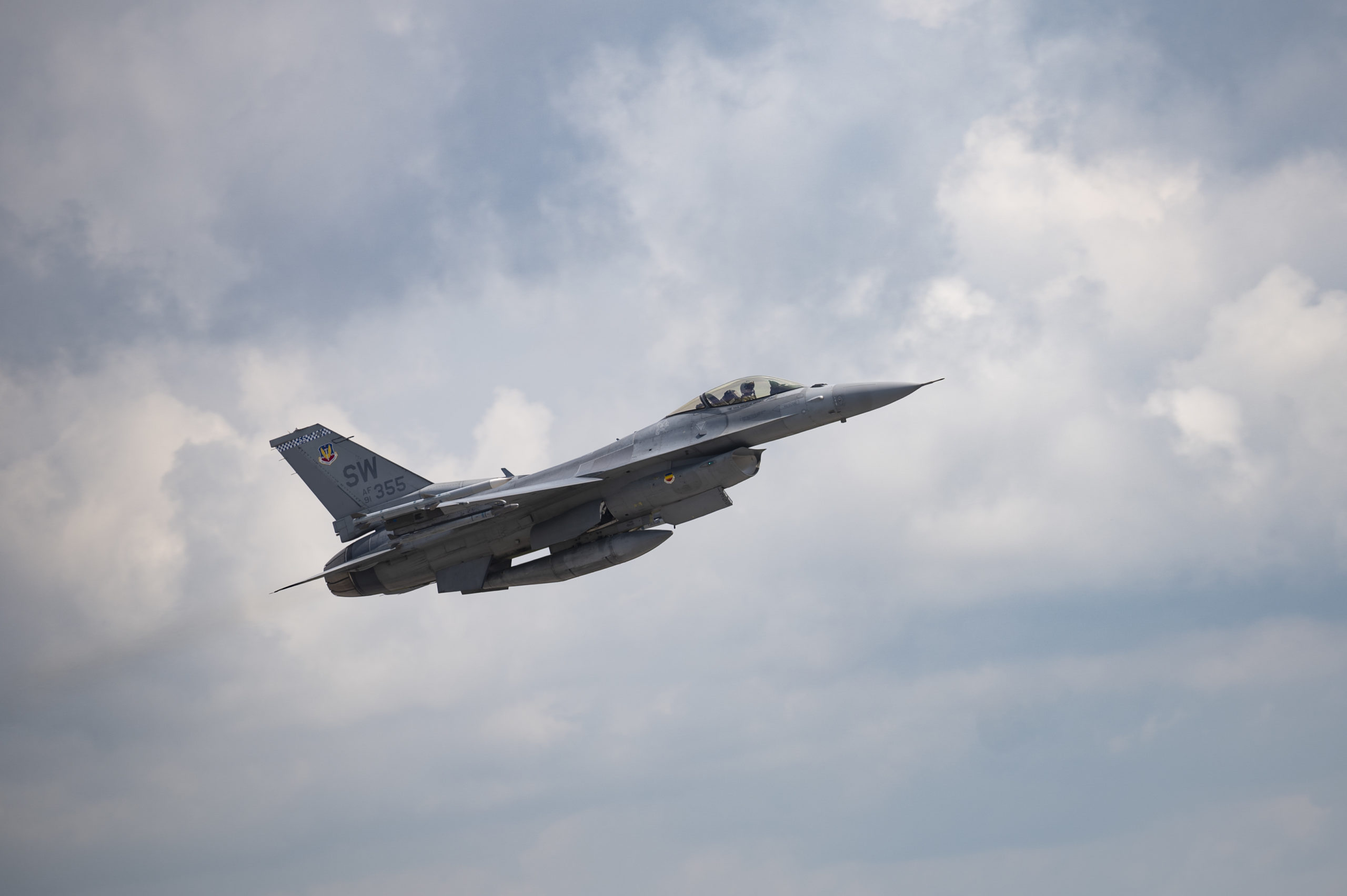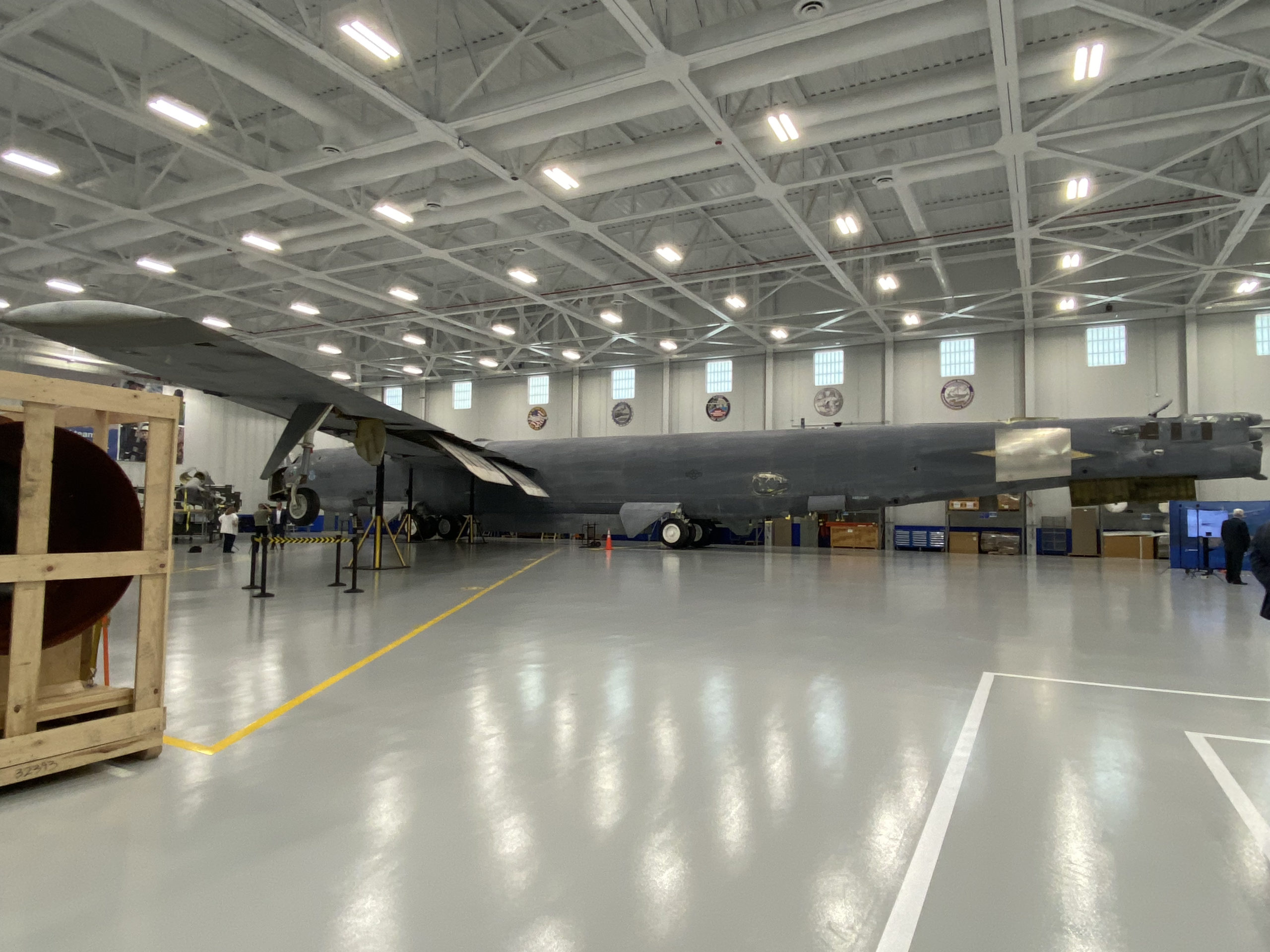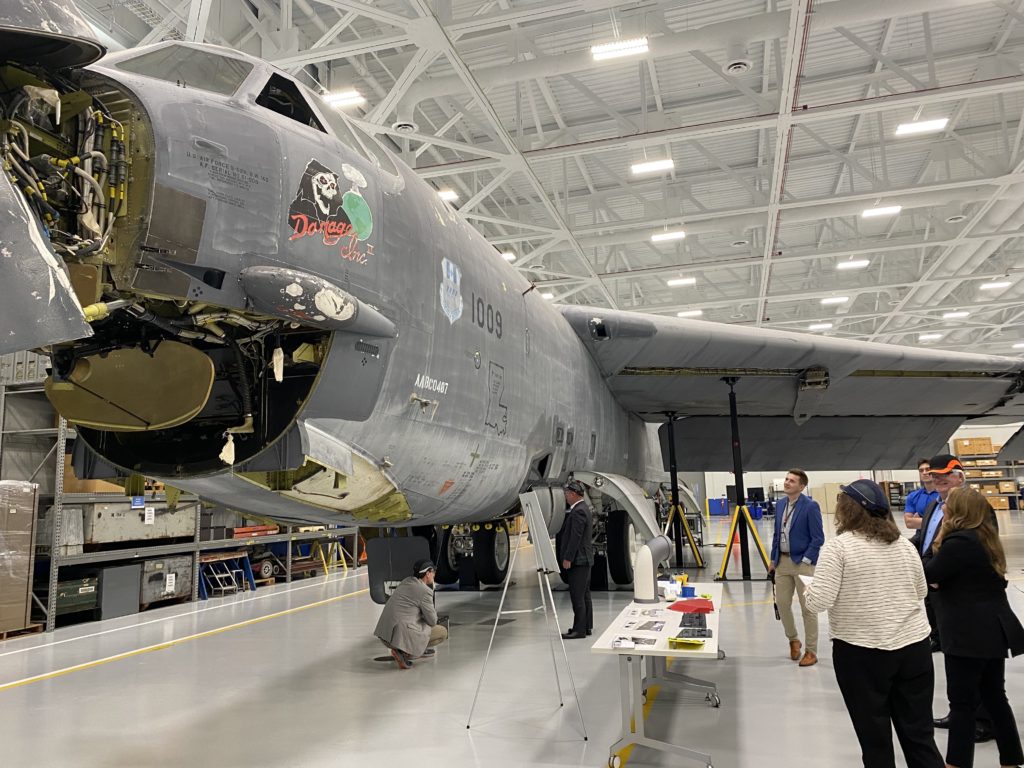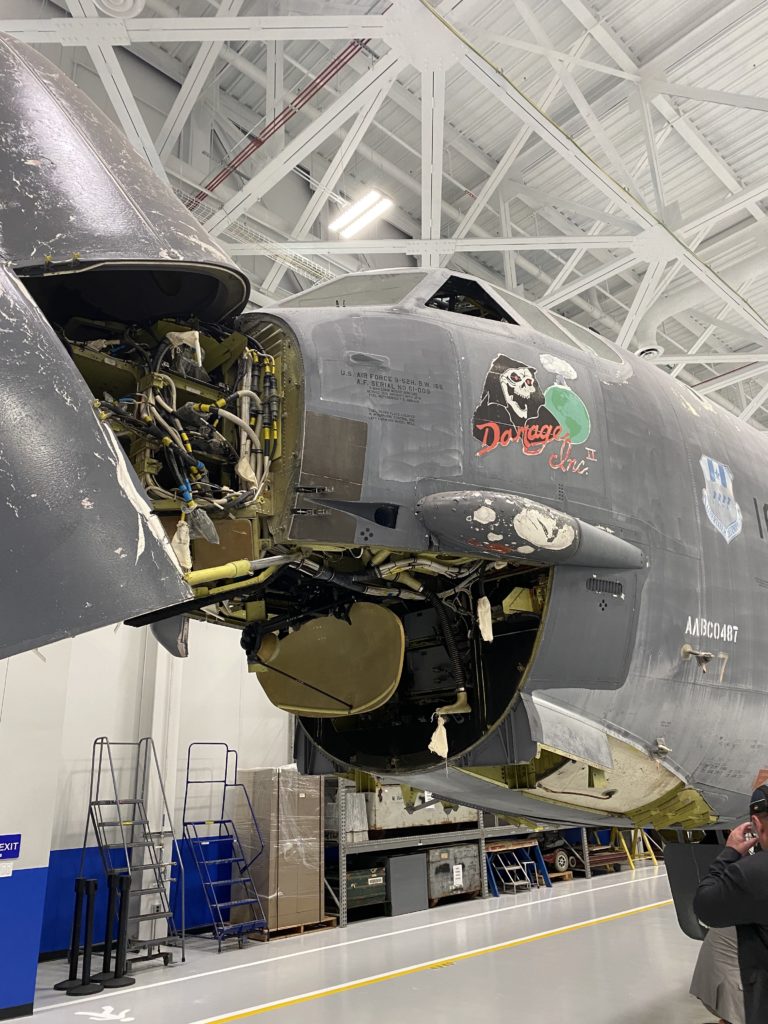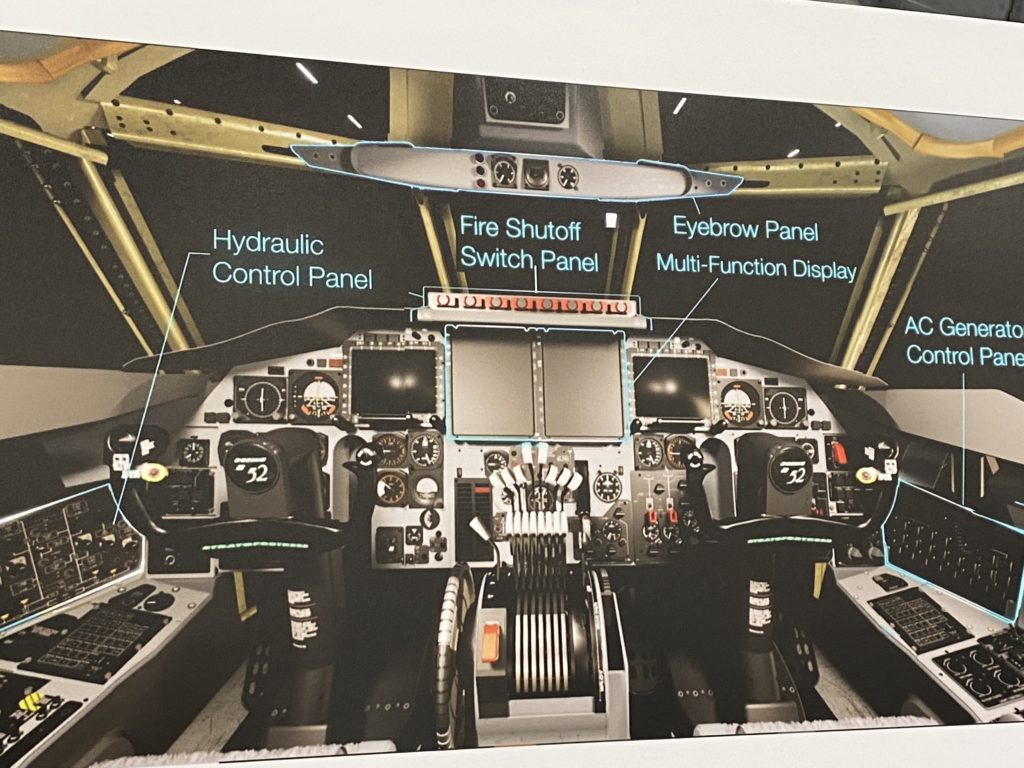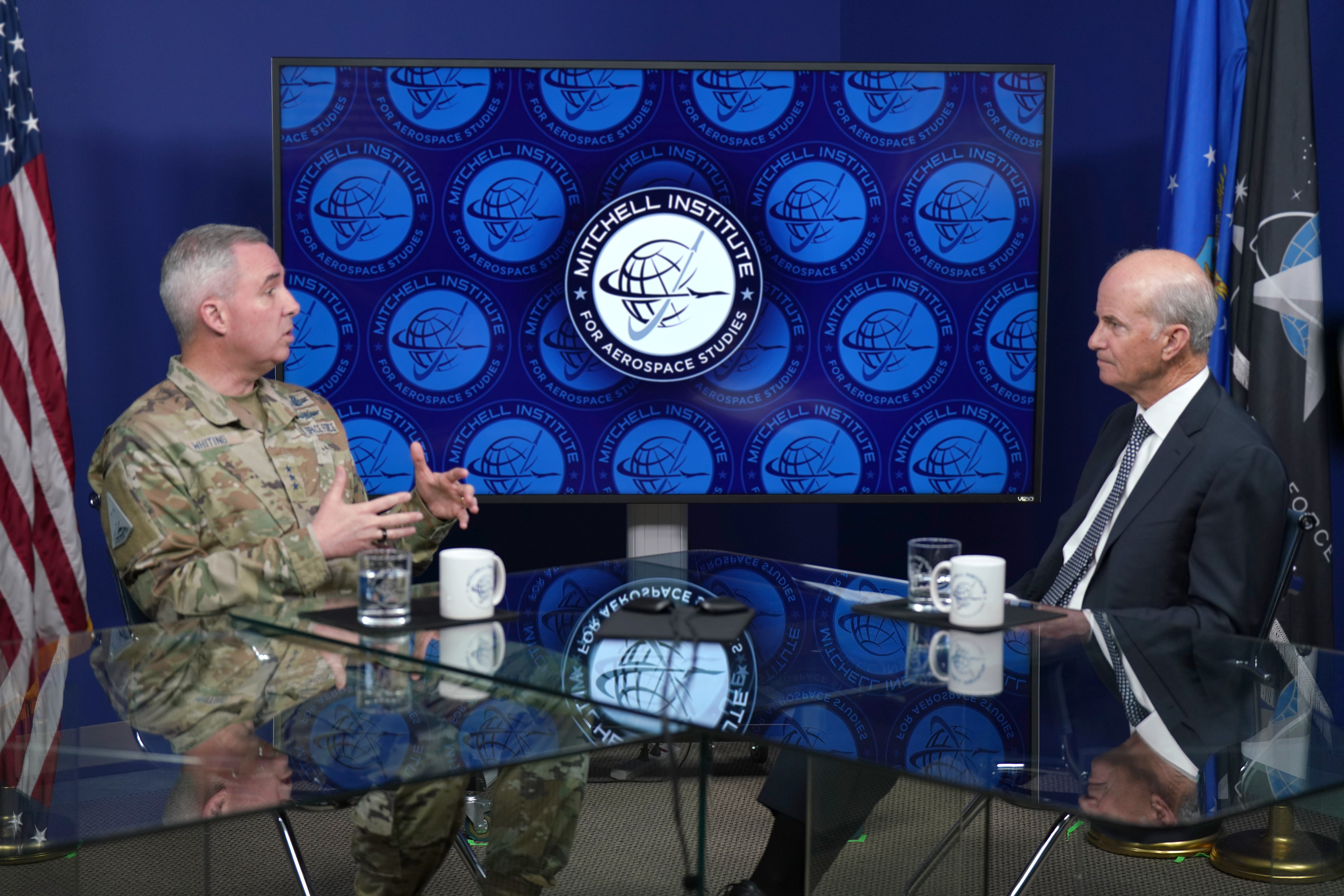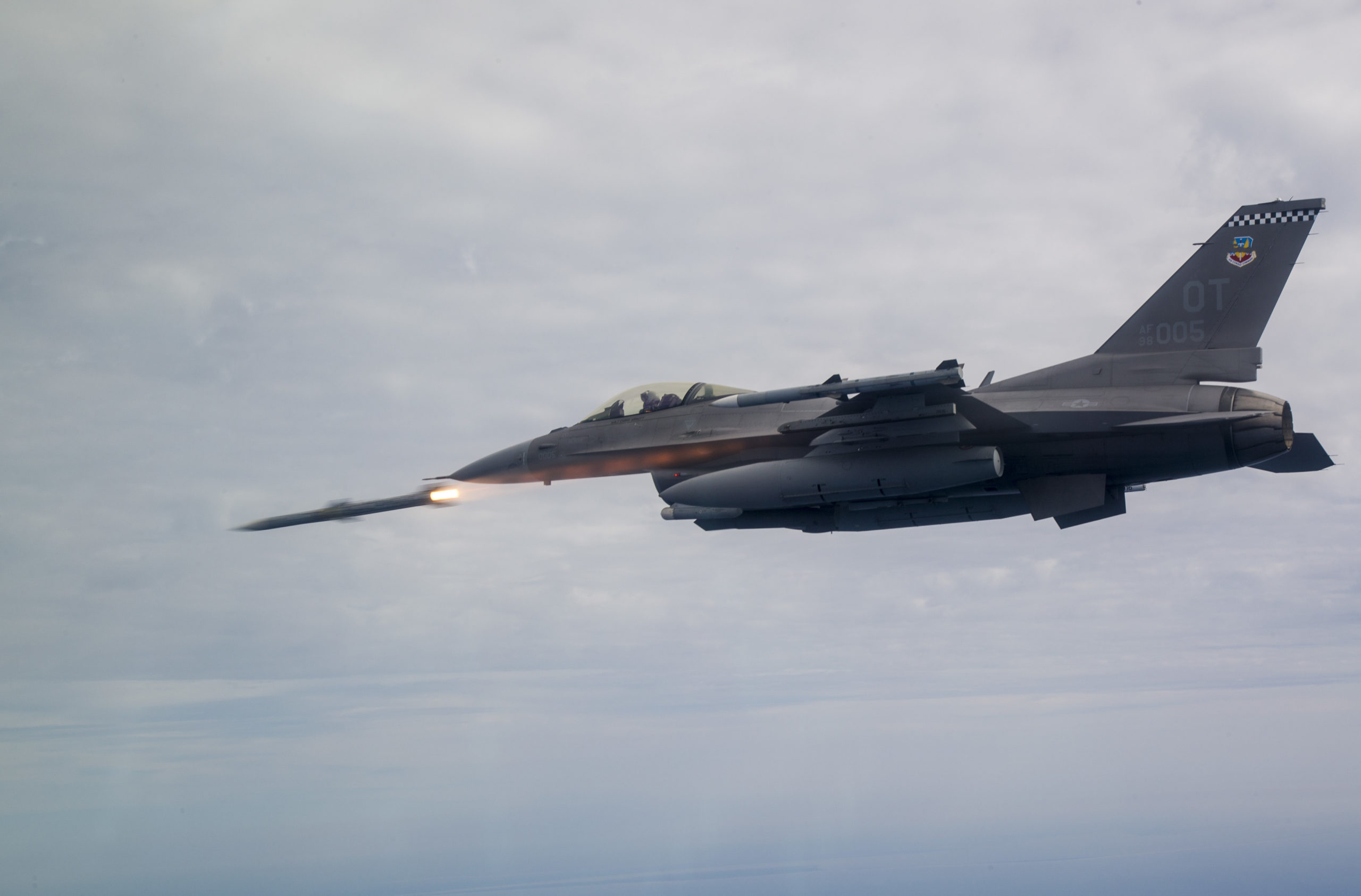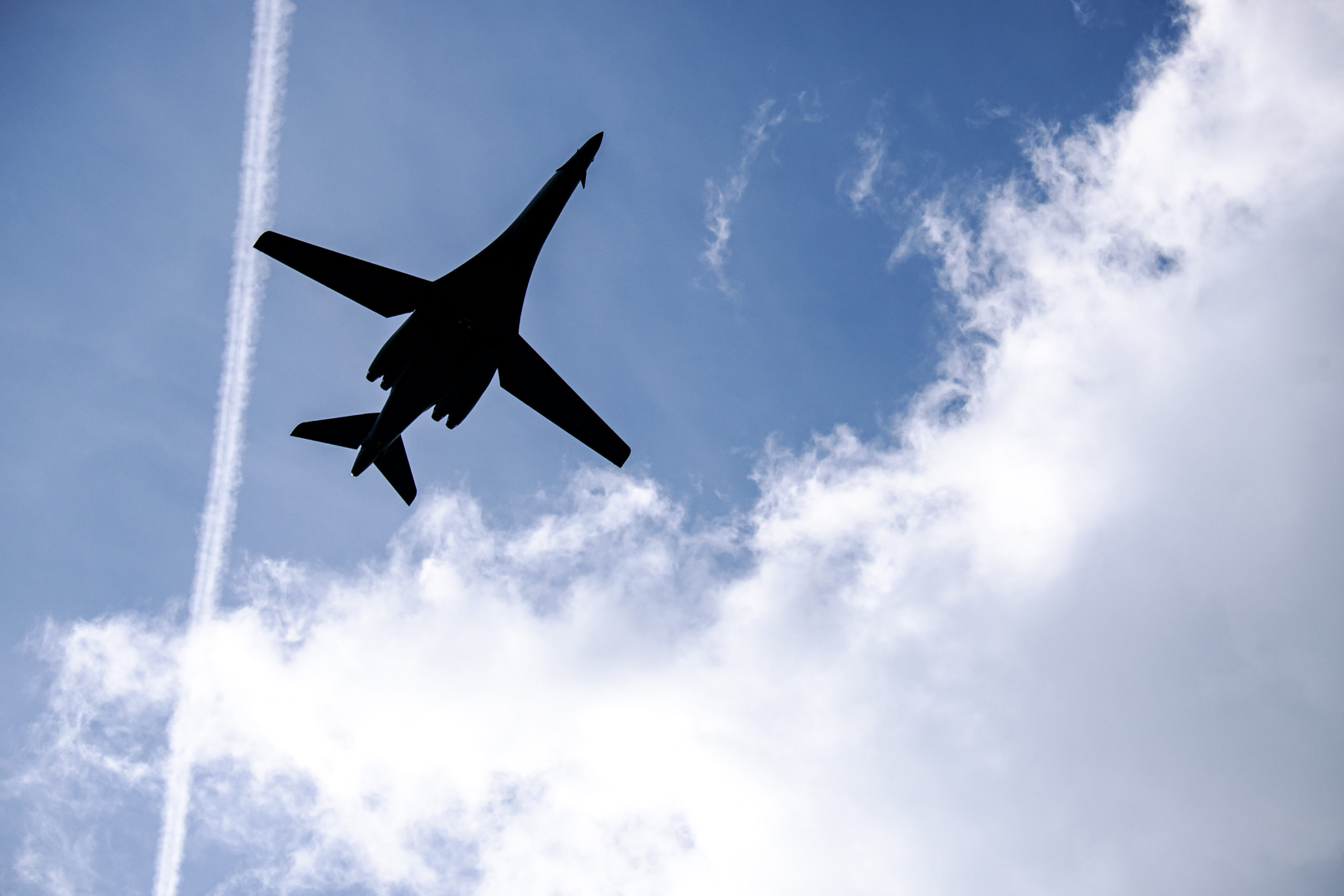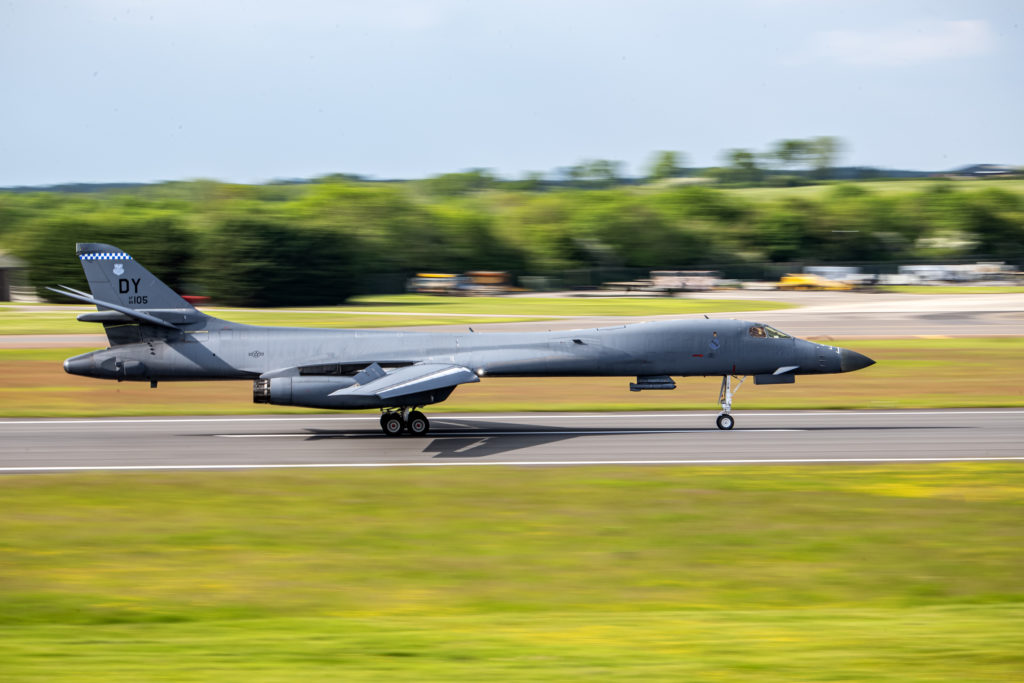As the Space Force closes in on standards for its ground-breaking health and physical fitness program, USSF announced plans May 24 for an expansive study of thousands of volunteer Guardians to share data from wearable fitness trackers.
Now through June 30, Guardians will be offered a wearable fitness tracker in exchange for agreeing to be part of the “Continuous Fitness Assessment.” Better still, participants will be exempted from taking the annual Air Force PT test for two years.
Participants must wear the fitness trackers when they exercise, respond to questionnaires, and consent to share certain data with the Air Force Research Laboratory’s 711th Human Performance Wing, which is partnering to do the study.
The Space Force aims to rethink conventional annual physical fitness tests that can make or break a career and replace it with a holistic approach to fitness that keeps health a focus year-round.
Here’s the hard part: Figuring out how to make that work while juggling cybersecurity, privacy, and logistical concerns, said Vice Chief of Space Operations Gen. David D. Thompson in a podcast with Chief Master Sergeant of the Space Force Roger A. Towberman.
Now that some of those concerns have been addressed, Space Force leaders must determine what its standards should be.
“The choice that a Guardian gets to make is essentially whether or not they want to be part of this groundbreaking study that gets the data and gets the analytics that we need to understand how well we want to hold ourselves accountable for our own health and wellness,” said Deputy Chief of Space Operations for Human Capital Katharine Kelley during the podcast. “And then also define long term what the right health and wellness standards need to be for the Space Force, which quite frankly, is one of the mandates that we have from DOD.”
Towberman said that goal has never changed. “This is a study that allows us to inform those decisions,” he said. “This is not quite the same thing as ‘Hey, we’re starting our continuous fitness assessment now.’ This is a study that allows us to work all of these details out.”
Who Can Join
The Space Force wants at least 2,000 Guardians to participate in the study, Towberman said. As many as 6,000 will be allowed to volunteer. Guardians deployed overseas will not be allowed to participate due to security concerns.
No one will be required to join the study. Kelley stressed in a memo that Guardian volunteering must do so “without influence, compulsion, or pressure from leadership at any level.”
What Does It Include
A Space Force spokeswoman told Air & Space Forces Magazine the data the study will look at in particular are:
- Cardiovascular intensity minutes, or amount of time with an elevated high heart rate in exercise
- One VO2max assessment per month
- One-minute maximum repetition pushup test per month
Guardians will be expected to work out as part of the study. Thompson indicated during the podcast that three workouts per week of roughly 30-45 minutes would be more than sufficient.
Completion of surveys will be crucial. “Once I’m in the study, there’s really some mandatory things,” Towberman said. “Once I’m in, I can’t not give you the feedback. I can’t not do the questionnaires. I can’t not work out.”
Failure to meet those expectations, which are easily checked on the devices, will end participation, Towberman said: “There are thresholds that will get me asked to depart.”
Choice of Fitness Trackers
Guardians will have a choice between two Garmin fitness trackers.
“We picked the devices we’re offering Guardians for the duration of the research study from the National Security Agency approved personal electronic device list,” the USSF spokeswoman said. “They will be operable with our management systems, performed well in laboratory testing, and provide for protection of study participants’ privacy and data rights.”
During the podcast, leaders said the decision was made to standardize the data being collected. Towberman indicated that Guardians who already own one of the two models will be allowed to use them.
Data Security
Dr. James Christensen, 711th Human Performance Wing product line lead, said during the podcast that Guardians will be able to see all the data the study is collecting, and none of the data will be shared with commanders or senior enlisted leaders.
“Even while it’s a voluntary study, we’re still exercising a very high degree of care with regards to the members’ cybersecurity, ensuring their privacy and ensuring that their data doesn’t end up getting used in ways that we don’t intend and the member wouldn’t want,” Christensen said.
While Guardians may wear their fitness devices throughout the day, only data from exercise events will be recorded. Service members will be instructed on how to disable the device’s GPS functions.
Health Concerns
Guardians will be able to voluntarily withdraw from the study, Christensen said, and researchers will be on the look out for indicators of Guardians who may be struggling.
“There are some triggers there for us to recommend that perhaps you shouldn’t proceed in the study, given that it looks like it’s not helping you and we want to make sure we’re taking good care of you,” Christensen said.
Resilience
The Space Force will also field new Guardian Resilience Teams at every Space Force Base, plus the Military District of Washington, D.C., Joint Base San Antonio, and a virtual team to aid geographically separated units and remote Guardians.
Those teams will include a holistic health integrator, certified strength and conditioning specialist, licensed mental health provider, and physical therapist, mostly civilians. Kelley said the service is hiring for those positions right now and hopes to complete the process by early 2024. According to a USSF release, the teams could add uniformed mental health specialists and religious support team Airmen in the future.
Or Take the Test Instead
Guardians opting out of the study must complete the Air Force’s standard PT test between July 1 and Sept. 30. If located at a site deemed in eligible for the study, PT tests will be required three months after the location is deemed ineligible.
Those opting into the study, then later disenrolled, will be required to complete a PT test within three months after the date of disenrollment.

